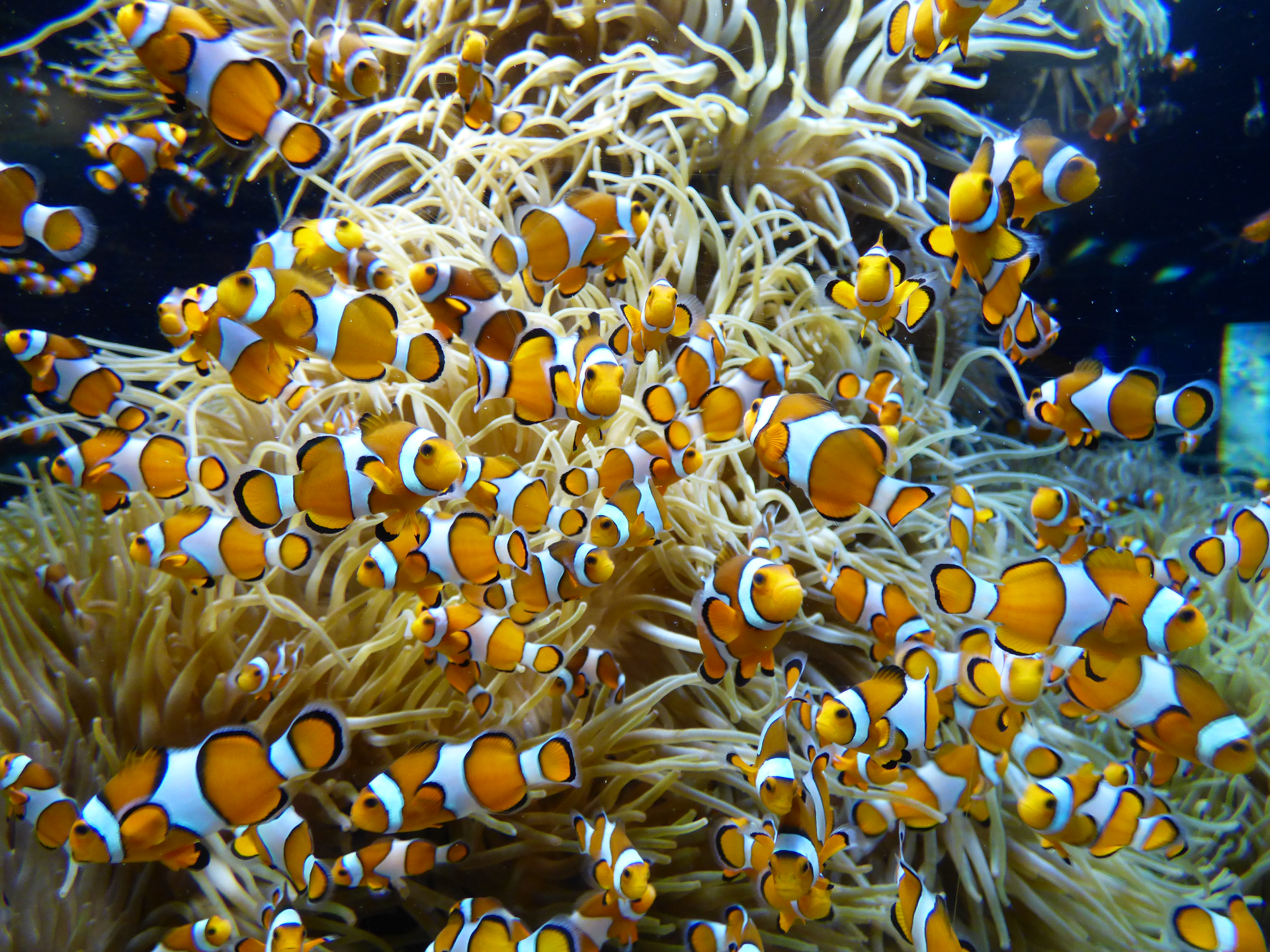DOI: 10.14466/CefasDataHub.91
MICROPLASTIC EFFECT DATA - The world is your oyster: low-dose, long-term microplastic exposure of juvenile oysters.
Description
This dataset contains three seperate data files from an 80 day exposure study where we exposed juvenile oysters, Crassostrea gigas, to 3 different MP concentrations (104, 105 and 106 particles L-1), represented by 6µm Polystyrene (PS) microbeads, compared to a control treatment receiving no MP. There is data file for shell growth & length, one for condition index and one for lysosomal stability. Shell Length & Weight: Shell height, the maximum dimension from hinge to growth edge, is commonly referred to as shell length, which will be used to describe this dimension here. The shell length of every oyster was measured to the nearest mm. Additional dimensions were measured to account for irregular oyster shapes (e.g., long and thin). All measurements (±1.0 mm) were taken using a digital calliper system that enabled the rapid recording of data. In the weighing technique, oysters were air dried at room temperature for 5 minutes and weighed to the nearest 0.0001g. Oyster meat was oven dried to constant weight (68C for 48 hours) and then meat and shell were weighed separately to the nearest 0.0001g, after a short cooling period. Condition Index. The CI of bivalves is measured by relating either the weight or volume of the meat to some aspect of the shell. In the current study, oyster shell length and weight measurements were standardized using the following formula: Condition Index = (dry meat weight in g) * 100 / (shell weight in g). This widely-used condition index, because of the nature of the measurements involved, is easily standardized and is thus used globally. In addition, the use of dry tissue weights eliminates the bias due to water content fluctuations of whole tissue. A low value for this index indicates that a major biological effort has been expended, either as maintenance energy under poor environmental conditions or disease, or in the production and release of gametes. Thus, as an indicator of stress, or sexual activity, this index gives meaningful information about the physiological state of the animal. Lysosomal Membrane Stability. A series of solutions and reagents were used to test LMS. A lysosomal membrane labilising buffer (Solution A) was made with 0.1M Na-citrate Buffer - 2.5% NaCl w:v (pH 4.5). The substrate incubation medium (Solution B) consisted of 20 mg of N-Acetyl-β-hexosaminidase (Sigma, N4006) or Napthol AS-BI phosphate (Sigma N2125), dissolved in 2.5 mL of 2-methoxyethanol (Merck, 859) and made up to 50 mL with solution A. This solution contained 3.5 g of collagen-derived polypeptide (POLYPEP, P5115 Sigma) as low viscosity polypeptide to act as a section stabiliser. This solution was prepared 5 minutes before use. The diazoniumdye (Solution C) contained 0.1M Na-phosphate buffer (pH 7.4) containing 1 mg mL-1 of diazonium dye Fast Violet B salts (Sigma, F1631). The fixative (Solution D) was made from Baker’s calcium formol containing 2.5% NaCl (w:v). An aqueous mounting medium (Vector Laboratories H1000, Kaiser glycerine gelatine, Difco, Sigma) was used. The lysosomal membrane stability was cytochemically determined using N-Acetyl-β-hexosaminidase. Cryostat sections were cut at 8-10µm (in duplicate on the same slide) and left in the cryostat chamber until just before use. Seven slides were prepared in this manner. Solution A was placed into a water bath at 37 °C to acclimatise. The slides were placed into pre-treatment solution A so that each slide had a different pre-treatment time of 30, 25, 20, 15, 10, 5, and 2 minutes i.e. slide 7= 30 minutes, slide 6 = 25 minutes, slide 5= 20 minutes, etc. Following pre-treatment, slides were transferred to solution B for 20 minutes at 37 °C in a staining jar in a shaking water-bath. The slides were rinsed with a saline solution (3.0% NaCl) at 37 °C for 2 to 3 minutes. The slides were then transferred to solution C at room temperature for 10 minutes. Following this, slides were rinsed rapidly in running tap water for 5 minutes. Sections were fixed for 10 minutes in Solution D pre-cooled to 4 °C. Finally, slides were rinsed in distilled water, mounted in aqueous mounting medium and analysed. The labilisation period (LP) is the time of pre-treatment required to labilise the lysosomal membranes fully, resulting in maximal staining intensity for the enzyme being assayed. The staining intensity was assessed visually using microscopic examination. The labilisation period can be effectively measured by microscopic assessment of the maximum staining intensity in the pre-treatment series, a microdensitometer is not completely necessary for accurate determination. All assessments were carried out on duplicate sections for each digestive gland at each pre-treatment time. Lysosomes will stain reddish-purple due to the reactivity of the substrate with N-acetyl-ß-hexosaminidase. The LP for each section corresponds to the average incubation time in the acid buffer that produces maximal staining reactivity. LP for the other replicate is similarly obtained. Finally, a mean value of LMS of the sample was calculated utilizing the data obtained from the 10 animals analysed. Determination of the LP is usually quite straightforward, but a complicating situation occasionally arises in which the pre-treatment series shows two peaks of staining intensity, possibly due to differential latent properties of the subpopulations of lysosomes. In this situation, the first peak of activity was used to determine labilisation period, as it is the most responsive to staining.
Contributors
Maes, Thomas / Stenton, Craig / Roberts, Edward / Hicks, Ruth / Bignell, John / Sanders, Matthew / Barry, Jon A / Vethaak A. Dick / Leslie A. Heather
Subject
Biomarker / Bioassay and contaminant biological impact / Ecotoxicity
Start Date
01/07/2012
End Date
13/12/2019
Year Published
2019
Version
1
Citation
Maes et al (2019). MICROPLASTIC EFFECT DATA - The world is your oyster: low-dose, long-term microplastic exposure of juvenile oysters. Cefas, UK. V1. doi: https://doi.org/10.14466/CefasDataHub.91
Rights List
DOI
10.14466/CefasDataHub.91


